Descrição
I. Introdução
Quick Open Closures are pivotal in industries like oil, gas, and petrochemicals, offering rapid, safe access to pressure vessels such as pipelines and tanks. They outshine traditional bolted closures by reducing downtime and enhancing operational safety. This article aims to provide a thorough understanding of Quick Open Closures, exploring their functionality, benefits, comparison with conventional mechanisms, and guidance on selection, installation, and maintenance. We’ll also touch upon regulatory compliance and safety aspects.
II. Understanding Quick Open Closure
Quick Open Closures are specialized devices engineered to allow swift and secure access to the interiors of pressure vessels such as pipelines and tanks. Their primary function lies in enabling easy inspection, maintenance, and cleaning of these vessels, without the time-consuming process of unbolting traditional closures.
To understand how they work, let’s delve into their primary components. A typical quick open closure consists of a door, a hinge, a locking mechanism, and a seal. The door provides access to the vessel interior, while the hinge supports the door, facilitating smooth opening and closing. The locking mechanism ensures the door is securely fastened, and the seal prevents leakage, ensuring the vessel remains airtight.
Now, why are Quick Open Closures significant? In industries like oil, gas, and petrochemicals, time is of the essence. These sectors often require frequent access to pressure vessels for regular maintenance and inspections. The efficiency and safety offered by quick open closures greatly reduce downtime and potential hazards, making them indispensable in these fields. They streamline operations, enhance worker safety, and contribute significantly to operational efficiency. In essence, Quick Open Closures are not just a convenience; they’re a cornerstone of modern industrial processes.
III. The Advantages of Quick Open Closure
Quick Open Closures bring a host of benefits to the table, with safety, efficiency, and ease of use being paramount.
Safety is a top priority in industries dealing with pressure vessels. Quick Open Closures are engineered with built-in safety features such as pressure warning devices and mechanical locking systems, minimizing the risk of accidental openings. This ensures the safety of personnel and equipment, reducing the likelihood of costly accidents or downtime.
Efficiency is another major advantage. Traditional bolted closures require considerable time and labor for opening and closing, which can significantly disrupt operational flow. In contrast, Quick Open Closures can be opened and closed quickly and effortlessly, substantially reducing downtime and contributing to overall operational efficiency.
Ease of use is where Quick Open Closures truly shine. Their design eliminates the need for special tools or extensive physical effort, making them convenient and user-friendly.
To illustrate these benefits, consider a petroleum processing plant using Quick Open Closures for routine pipeline inspections. The plant can perform inspections more frequently and efficiently, thanks to the quick access provided by these closures, thereby enhancing the system’s reliability and safety. Meanwhile, the reduced need for prolonged shutdowns results in significant cost savings and increased productivity, reinforcing the value of Quick Open Closures in real-world applications.
IV. General Guideline on How to Use a Quick Open Closure
1. Preparation
Ensure that the pressure inside the vessel is completely relieved before proceeding. This is a critical safety step.
Put on the appropriate safety gear, such as gloves and safety glasses.
Limpe a área de qualquer pessoal ou equipamento desnecessário.
2. Opening the Closure
Locate the locking mechanism or release lever. This is typically a handle or a wheel on the closure lid.
Disengage the locking mechanism. This usually involves turning the handle or wheel counter-clockwise, but the direction may vary by design.
Once the locking mechanism is disengaged, slowly open the closure lid. Some models may have a hinge and will swing open, while others may need to be lifted off.
3. Accessing the Vessel
With the closure lid open, you can now access the vessel for inspection, maintenance, or cleaning.
4. Closing the Closure
When you’ve finished with the vessel, replace the closure lid. Ensure that it is properly aligned with the vessel opening.
Engage the locking mechanism by turning the handle or wheel. Typically, this would be in a clockwise direction, but it may vary by design.
Make sure the closure lid is securely fastened and that the seal is tight.
5. Post-Operation Checks
Check the closure for any signs of leakage, especially around the seal area.
Perform any necessary pressure tests as per your company’s protocols or the manufacturer’s instructions.
Always remember to follow safety procedures and guidelines when operating Quick Open Closures or any industrial equipment. If you’re unsure about anything, don’t hesitate to refer to the manufacturer’s manual or consult with a trained professional.
 V. Frequently Asked Questions
V. Frequently Asked Questions
1. What is a Quick Open Closure and what is its primary use?
A Quick Open Closure is a device designed for quick, safe, and efficient access to the interior of pressure vessels such as pipelines and tanks. It is primarily used in industries like oil, gas, and petrochemicals for inspection, maintenance, and cleaning of these vessels.
2. How does a Quick Open Closure enhance operational efficiency?
Quick Open Closures boost operational efficiency by reducing the time and labor required to access pressure vessels. Unlike traditional bolted closures, which are time-consuming to unbolt and reseal, Quick Open Closures can be opened and closed swiftly and effortlessly. This leads to reduced downtime and increased productivity.
3. Are Quick Open Closures safe to use?
Yes, Quick Open Closures are engineered with safety as a top priority. They come with built-in safety features such as pressure warning devices and mechanical locking systems to minimize the risk of accidental openings. Moreover, the use of these closures should always be accompanied by proper safety procedures and checks to ensure maximum safety.
 VI. Resumo
VI. Resumo
Quick Open Closures are vital components in industries such as oil, gas, and petrochemicals, offering efficient and safe access to pressure vessels like pipelines and tanks. They are superior to traditional bolted closures, providing quick access for inspection, maintenance, and cleaning while enhancing operational safety and reducing downtime. This guide provides insights into the functionality, advantages, and usage of Quick Open Closures.
Quick Open Closures consist of a door, hinge, locking mechanism, and seal, forming a secure, airtight access point to pressure vessels. Their significance lies in their ability to streamline operations, enhance worker safety, and boost operational efficiency, thus being a cornerstone of modern industrial processes.
The advantages of Quick Open Closures are manifold. They ensure safety with built-in features like pressure warning devices and mechanical locks. They boost efficiency by reducing the time and labor required in traditional bolted closures. Their ease of use, requiring no special tools or extensive physical effort, adds to their appeal.
The guide also provides a basic operational process for Quick Open Closures, stressing the importance of safety procedures and checks. From the preparation stage to post-operation checks, each step is crucial to ensure the efficient and safe use of these closures. The guide underscores the importance of adhering to company protocols and manufacturer’s instructions, encouraging consultation with trained professionals when in doubt.

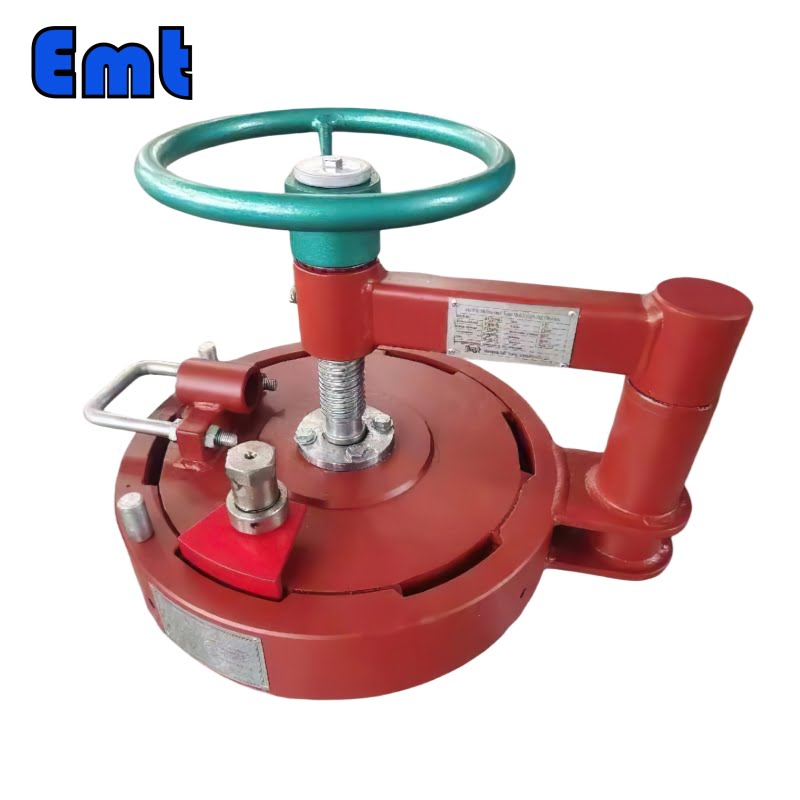
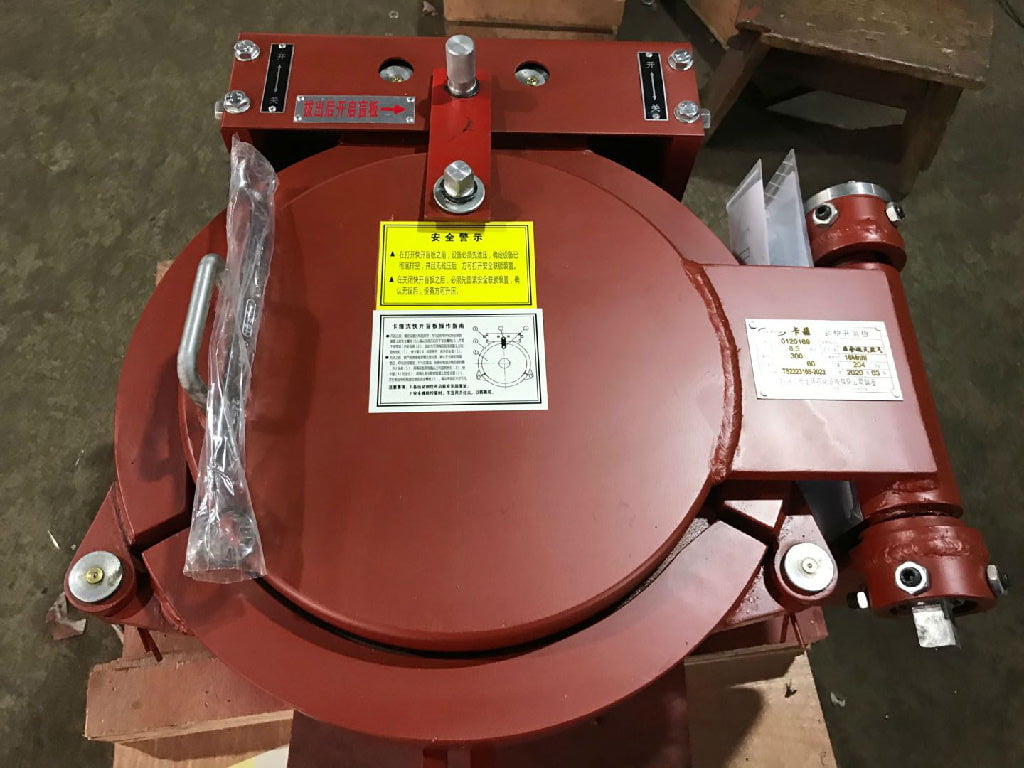
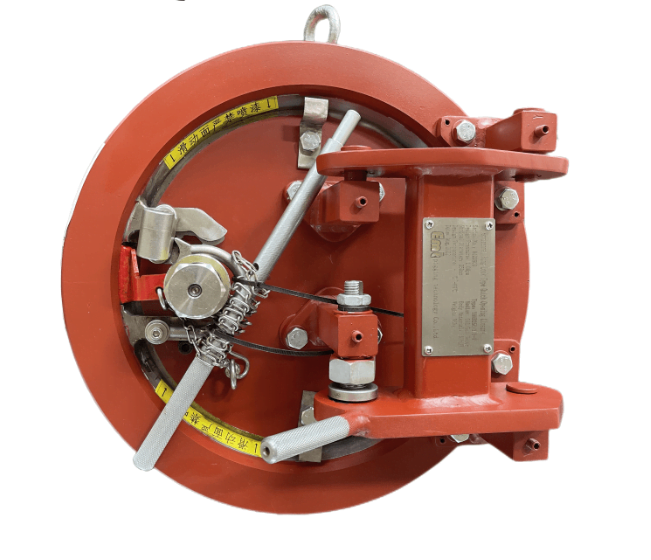
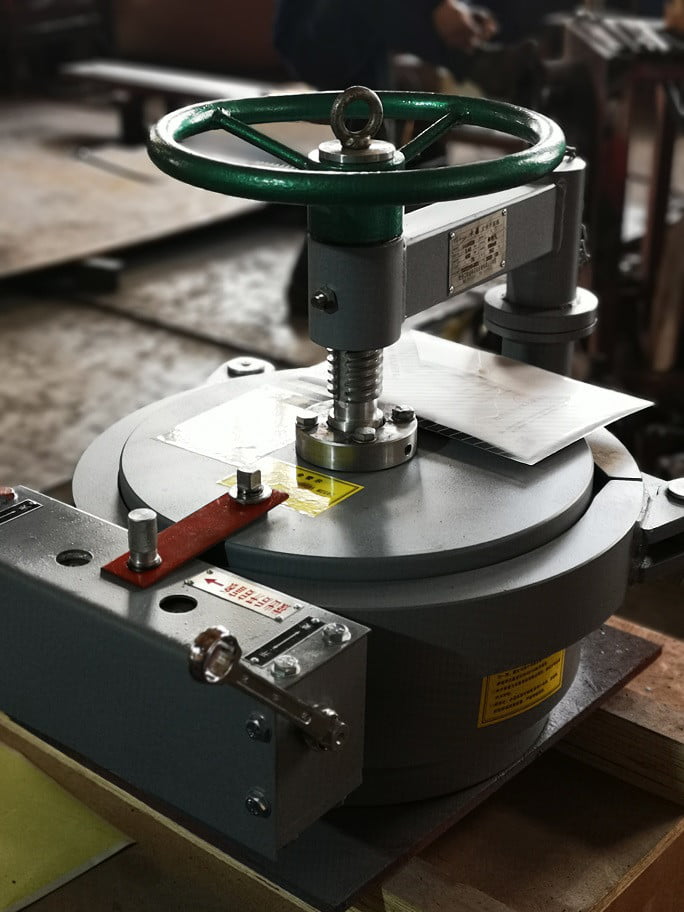
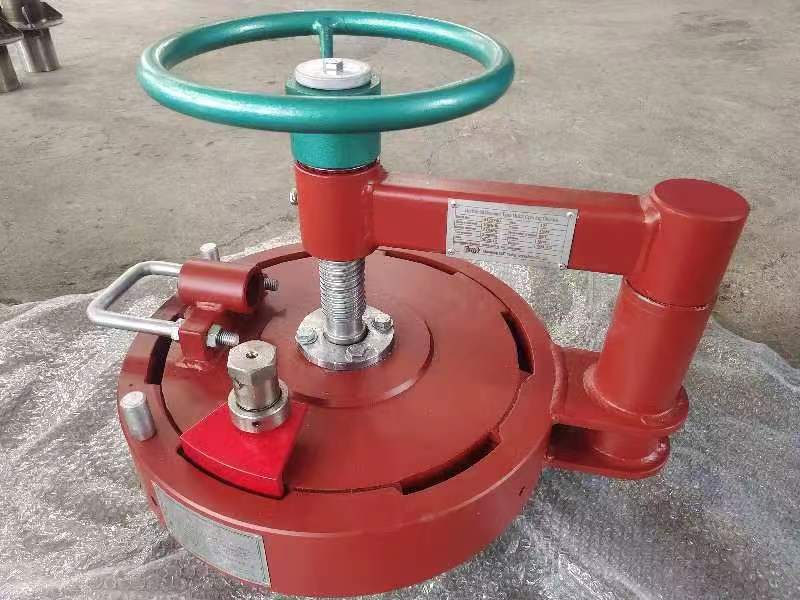 VI. Resumo
VI. Resumo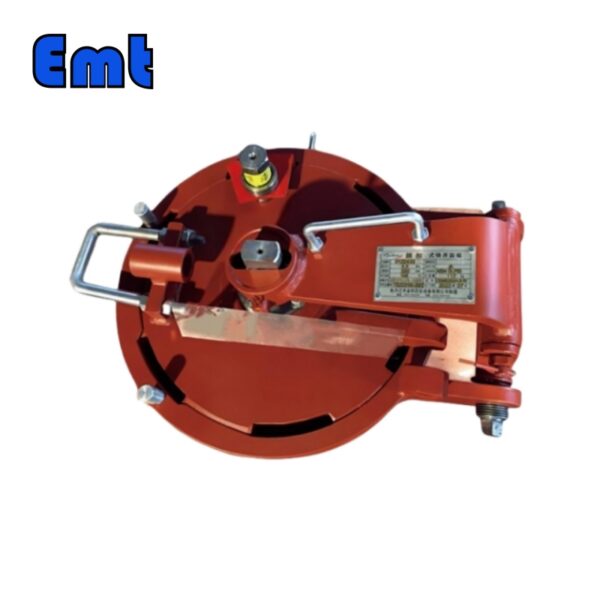
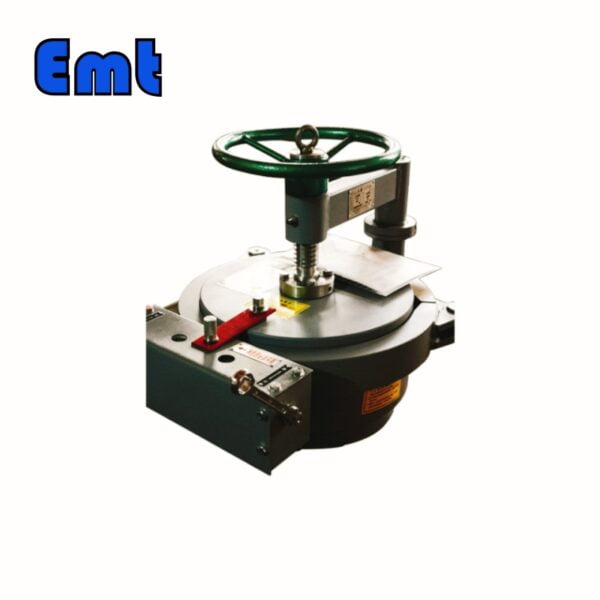

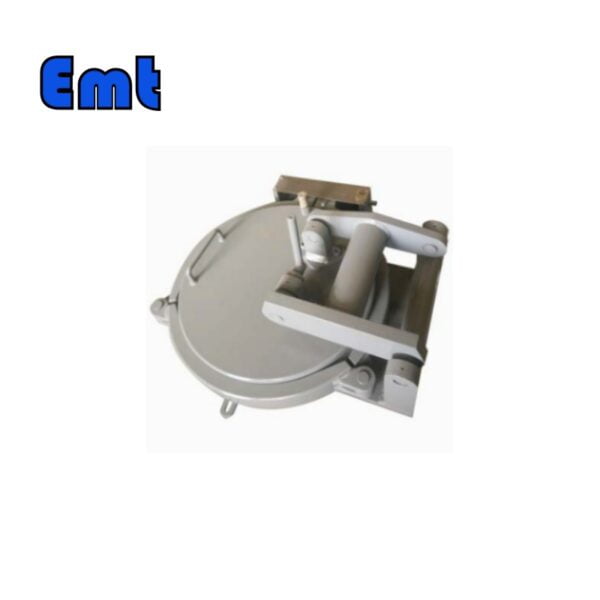
Avaliações
Não há comentários ainda.